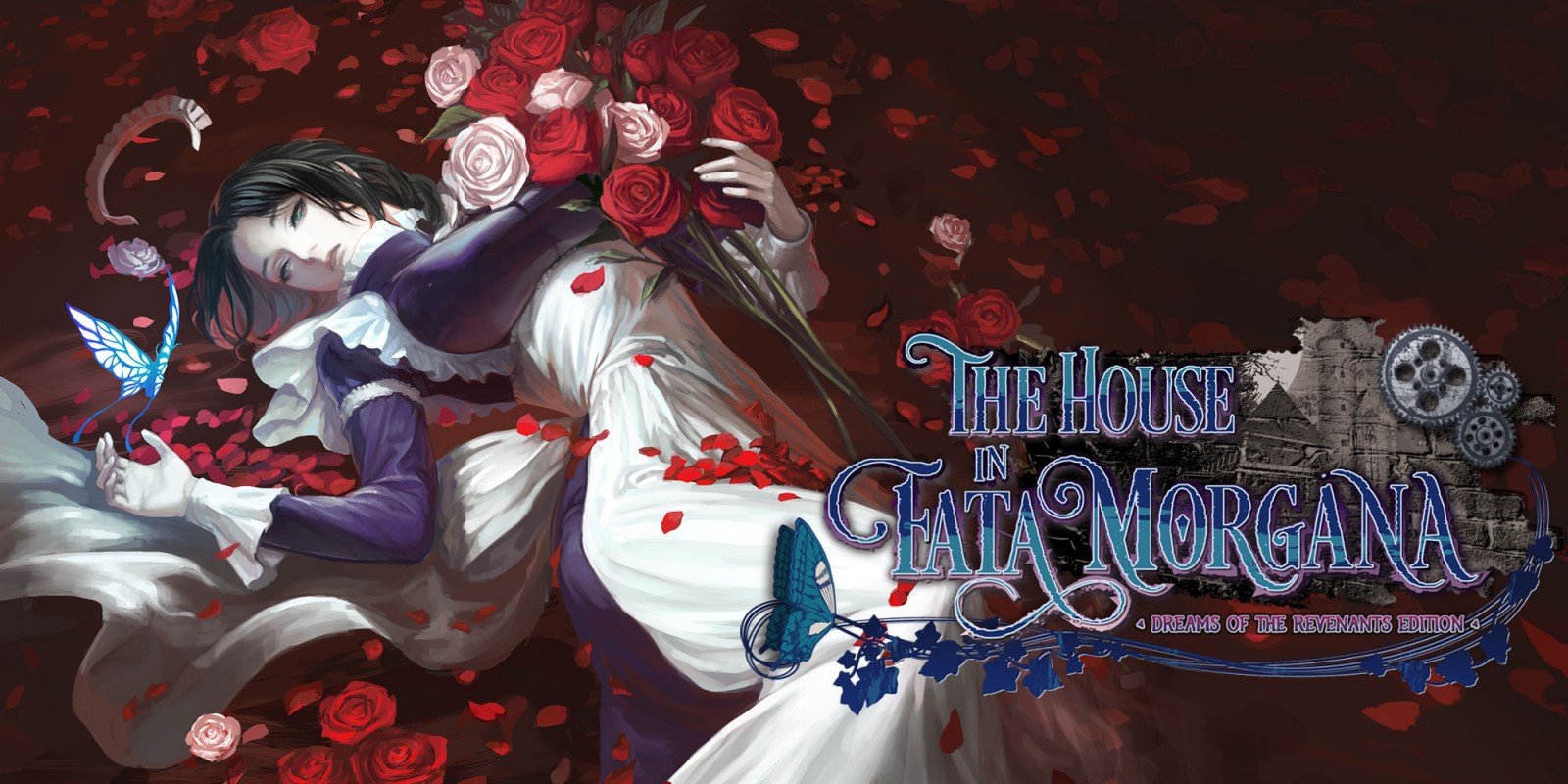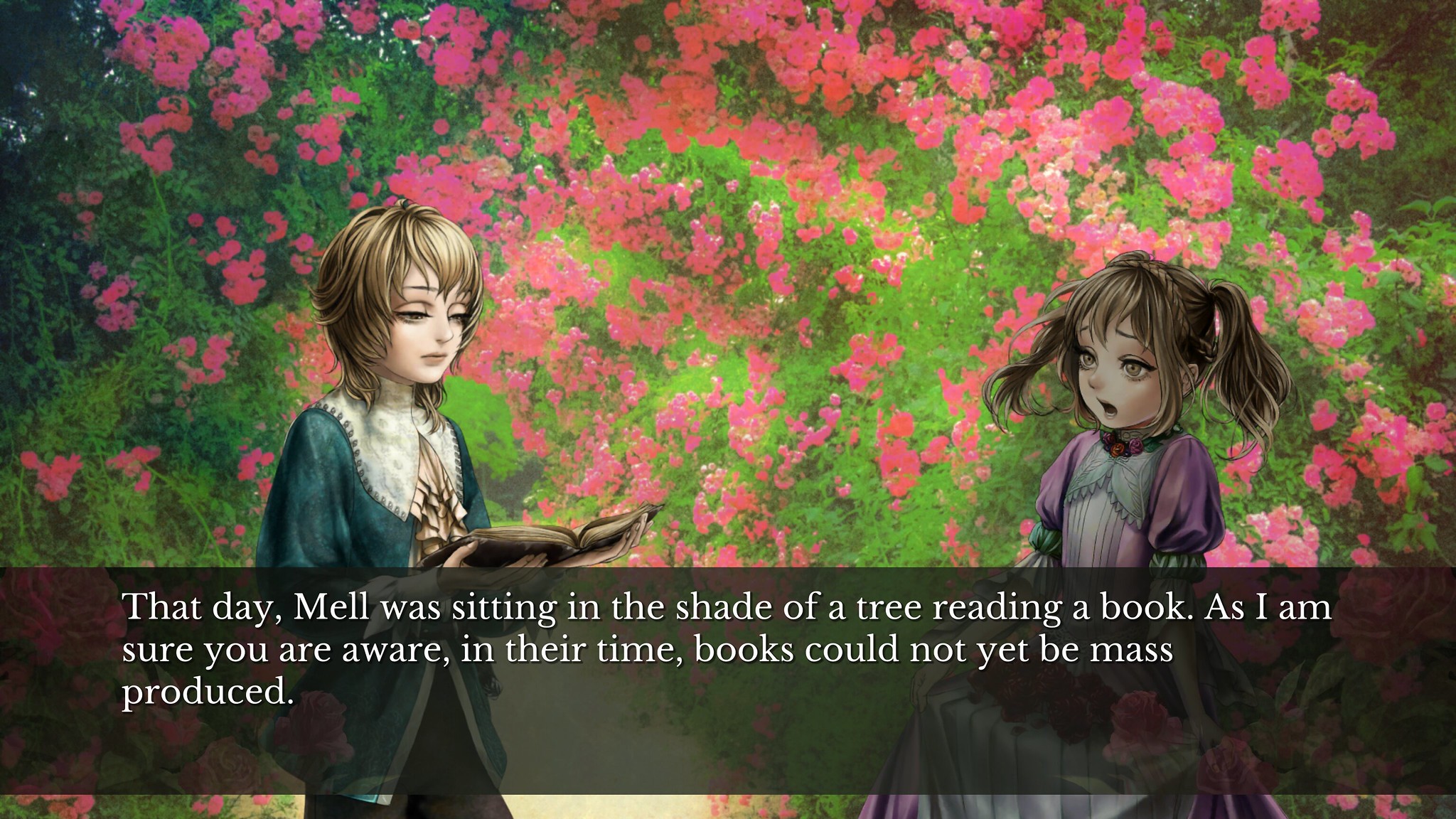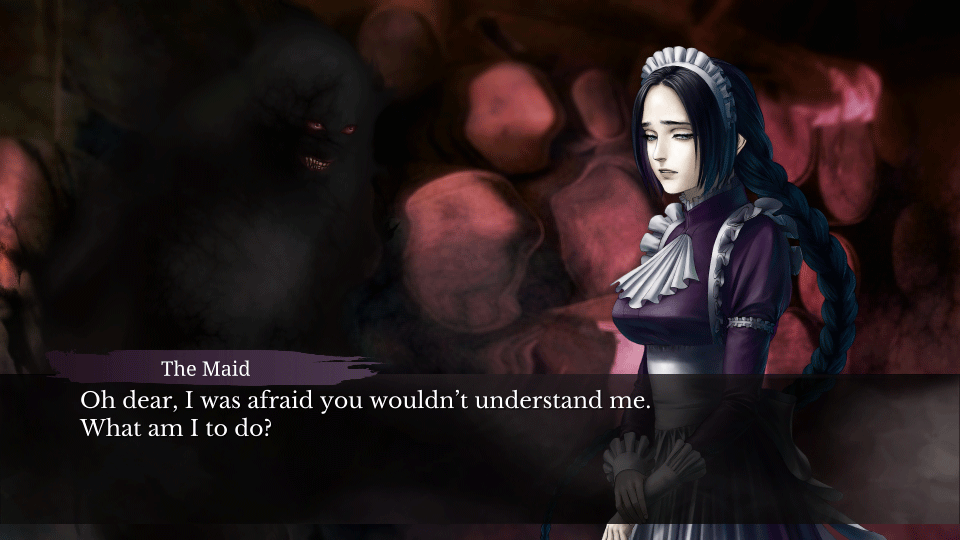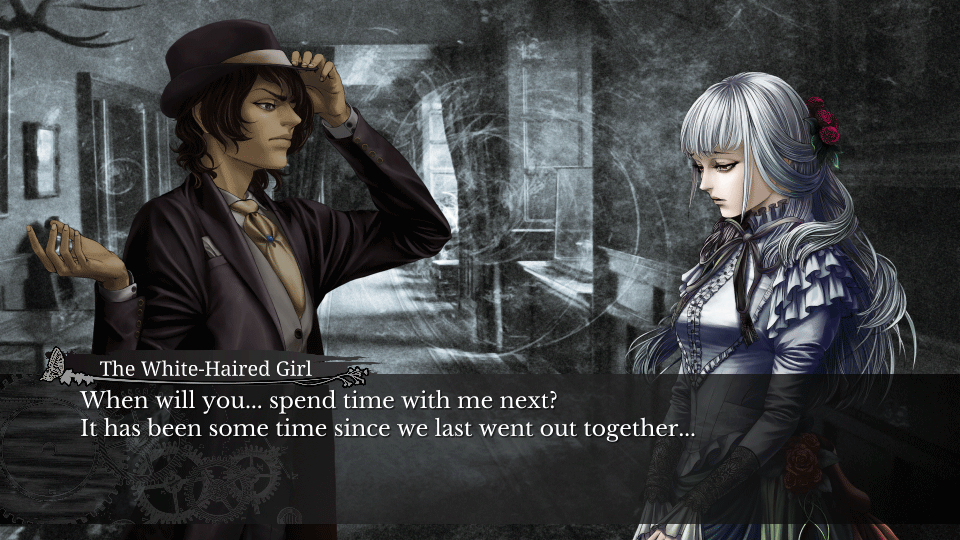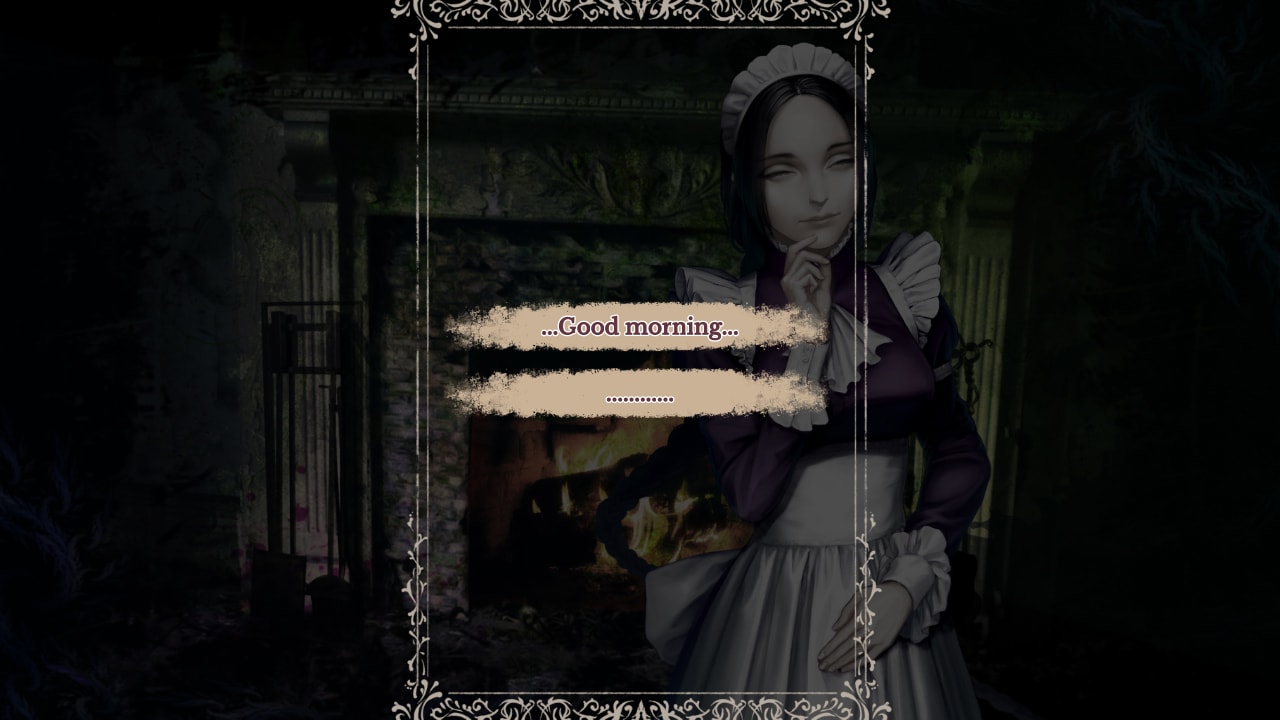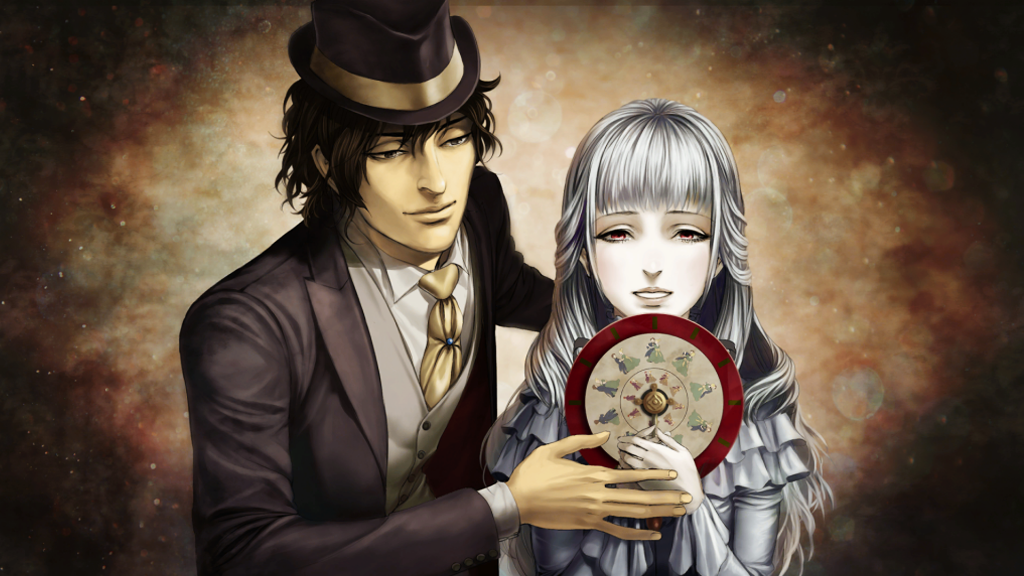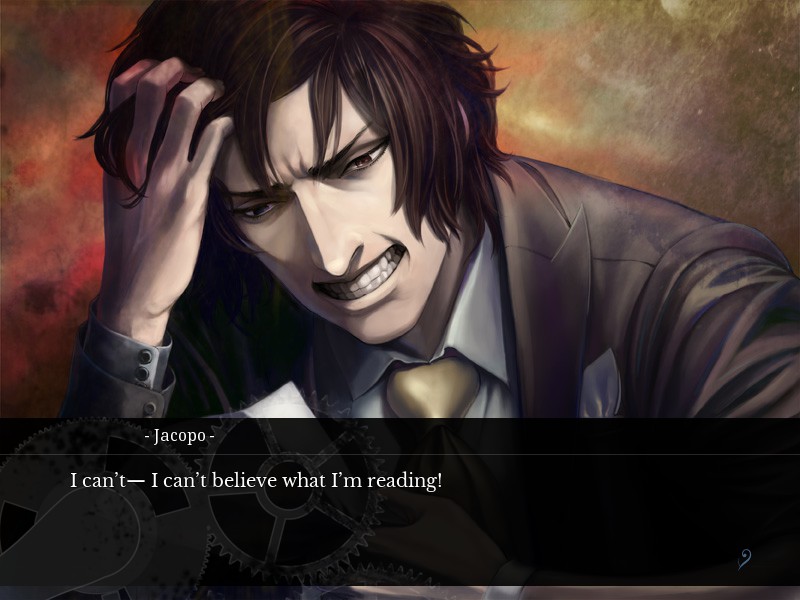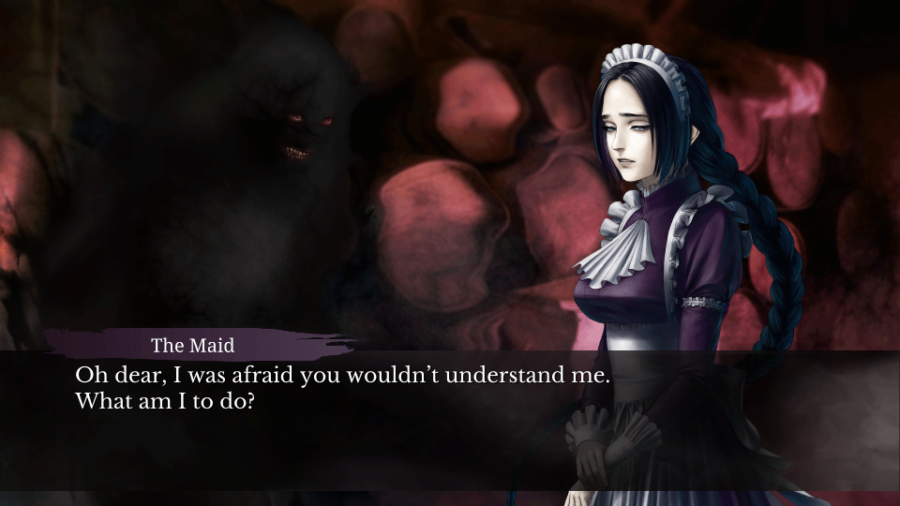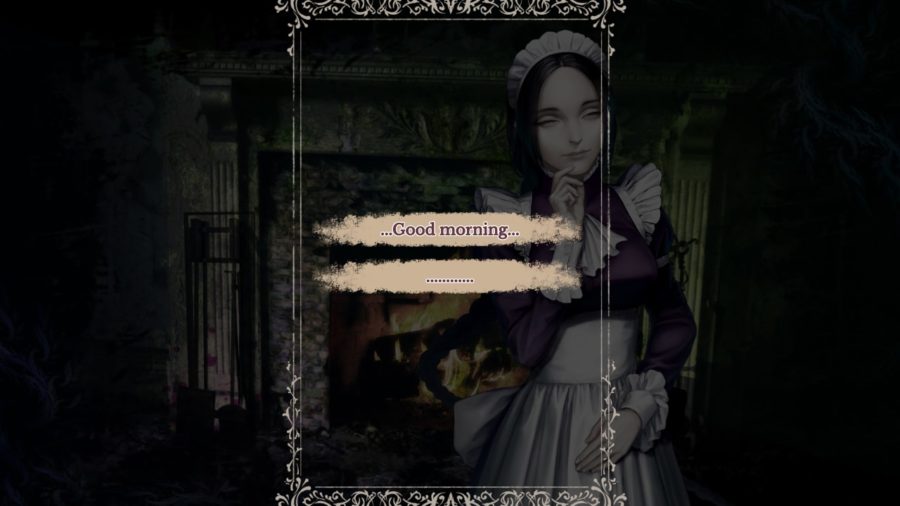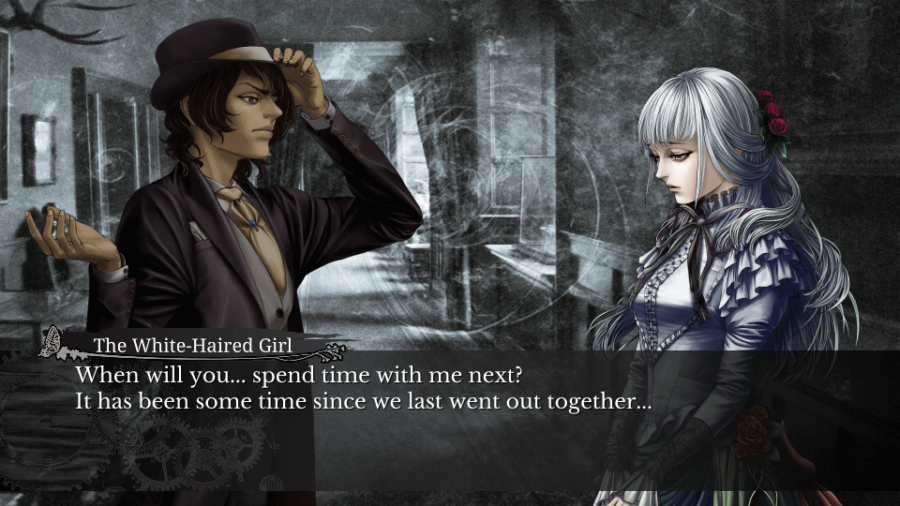The House In Fata Morgana – Dreams Of The Revenants Edition
When it comes to reviewing a video game, I take notes, writing down feelings about specific moments, and by the end of it I know roughly what I want to talk about. With The House In Fata Morgana – Dreams Of The Revenants Edition, much like the amnesiac protagonist of the piece, the game took me by the hand and held me captive for 30 hours before being spat out and told to deal with it. And for that, I loved every second of it.
At A Glance
| Visuals | 9/ 10 |
| Sound | 7/ 10 |
| Gameplay | 5/ 10 |
| Overall | 9/ 10 |
| Positives | + Gripping story |
| + Stunning artwork | |
| + Multiple Endings and additional content | |
| Negatives | – Visual novels not for everyone |
| – Not a lot of control until later in the game | |
| – Music is repetitive |
Developed by Novectacle, The House In Fata Morgana started life as a visual novel released in 2012 in Japan, before western audiences got their hands on the PS Vita and PlayStation 4 versions in 2018. In 2021, the game made it’s way to the Nintendo Switch with Limited Run Games publishing. The House In Fata Morgana – Dreams Of The Revenants Edition, as it is now known, includes not only the main game, but reams of extra stories that kept me busy for 50 hours.
Some of you might have switched off at the mention of visual novel, and in all honesty, I don’t think The House In Fata Morgana will change your mind in this regard, but I can say with absolute clarity it is one of the best horror games I’ve played in a very long time.
Like all good horror, The House In Fata Morgana starts in a mansion shrouded in darkness and decay cursed by the Witch Morgana. An unnamed protagonist, wakes up in the mansion with no memories of how they arrived. A Maid who works in the mansion proceeds to take this master through different doors, each leading to a different period in time, where previous owners met their gruesome fates.
Unforgiving in it’s approach, Morgana plunges from a mystical ‘cursed mansion’ trope to a video game exploring the depths of human depravity. This includes (but not limited to), mass murder and abuse, there’s even a smattering of incest thrown in for fun. I’m not going any further than this brief overview to avoid spoilers. What I will say is that there are many twists and turns throughout this journey. The writers have crammed a lot of story into the game, and it is impressive that the subject matter comes with a great eye on the detail. This extends into how the characters act and argue their view points. On more than one occasion, they won me over with their reasoning to some deplorable acts.
The House In Fata Morgana tells the majority of the game through text but beautifully drawn artwork, and the occasional splash of red kept me invested. Every one of the main cast is a treat to look at, demanding attention. Morgana, The Maid and Jacopo are particular standouts as they distract from the text boxes. It was strange that not everyone appeared – secondary characters didn’t appear in any capacity, except for a text box.
Because scenes aren’t animated, this means horrors aren’t shown in any explicit way, but it doesn’t stop you feeling pain as the story progresses. There is an impact that I wasn’t expecting. Coming from the lack of button inputs and lack of control over the characters, I had no impact to the story.
Morgana dictated the pace of the game from start to finish and without that element of control, the focus was on the story. It’s a safe bet that if I was able to move anyone, they’d be living a life of bliss. But that wasn’t the case, there’s no moving a character from one room to another to interact with an object, instead you have to follow along like a passive bystander. At times, it felt like watching a car crash into a street light, in slow motion. And, in a somewhat cruel fashion, there is a fast forward button to skip text, but this is only for skipping scenes that have already played out.
This feeling of not being in control added to the tension of Morgana. The first door held more of a gut punch due to the unknown nature of the game but once this was over I was in a quandary. On the one hand, do I risk my characters being happy and not horribly abused, or do I press on and hope for a happy ending? It was simple, I had to find out how the game ended.
A merry journey with little control may seem like the easiest game to experience, but there were some stumbling blocks along the way. The House In Fata Morgana clocked in at 30 hours, averaging around four hours per chapter. Scenes are lengthy and explores every detail. To the game’s credit these are for the benefit of the story, but there are long, drawn out sequences, particularly in the second chapter where it felt as if my soul was being sucked into the mansion. This created a lull between the first half of the game which focused on introductions, before seguing into a frenetic second half full of decision making.
For the first 15 hours there was little to do but as the story started to come together I did find myself often taking charge in a small, but significant capacity. Don’t get me wrong, it’s not reading a screen for hours upon end, each decision led to one of eight different endings – and to the writer’s credit, each served as a well placed stopping point.
Accompanying each part of Morgana is a lovely backing track. Composed in a classical style, and depending on the scene, this was either delightfully breezy or an ominous and sinister tone, looping every minute or so. Unfortunately the repetitive recycling of the music in longer scenes went from being a joyous experience to sitting in silence as I hated on the world. I still wake up in cold sweats hearing the first door’s ballroom ‘clap-clap-clap’ in my dreams.
Along with the main campaign, there are other, much more truncated stories to explore within The House In Fata Morgana. To go into detail will spoil the main story. There is a prequel A Requiem of Innocence, and a not-quite-sequel ‘Reincarnation’,. Both add around 10 hours of play time and build on the main story. They are not essential but a nice inclusion. I’d recommend taking the time to enjoy the content after completing the main game to preserve some of the surprises you’ll encounter.
Having little control over what’s happening to my characters and being unable to steer them away from danger as the grotesque horrors unfolded before my eyes gave The House In Fata Morgana a brutal sense of reality. This will stick with me for a long time to come. Being a visual novel could put players off and yes, a little fat here and there from the story would have not harmed the experience, but this pales in comparison to the story which is one of the best I’ve experienced in a very long time.
The House In Fata Morgana is a non-stop, balls to the wall game. It is relentless, unflinching and much like the witch herself doesn’t stop until it wants to. Much like the characters in the game, every time I walked away, I found I was thinking about Morgana’s world. And even though I’ve seen the conclusion of the game and it’s many endings, I find myself drawn to that cursed mansion, wanting to experience the whole story all over again.
In the interest of full disclosure, the publisher provided VGamingNews with a copy of the game in order to conduct this review.


